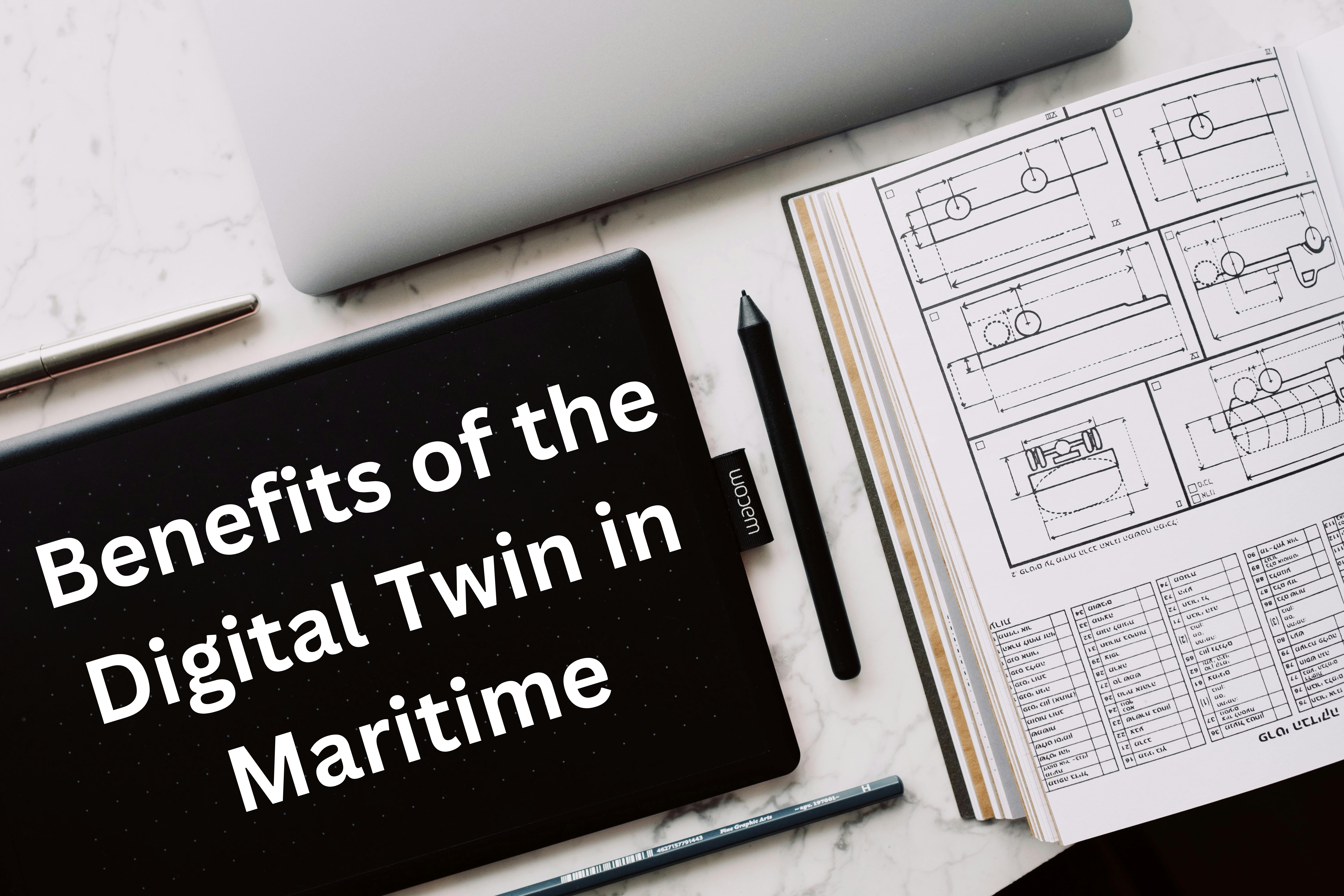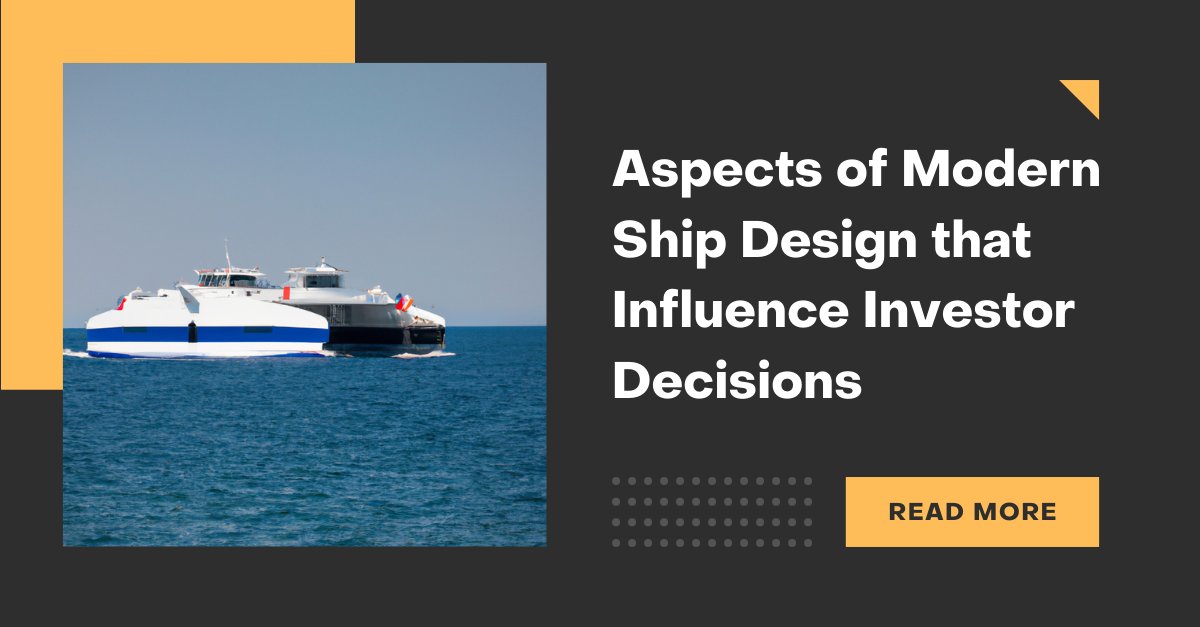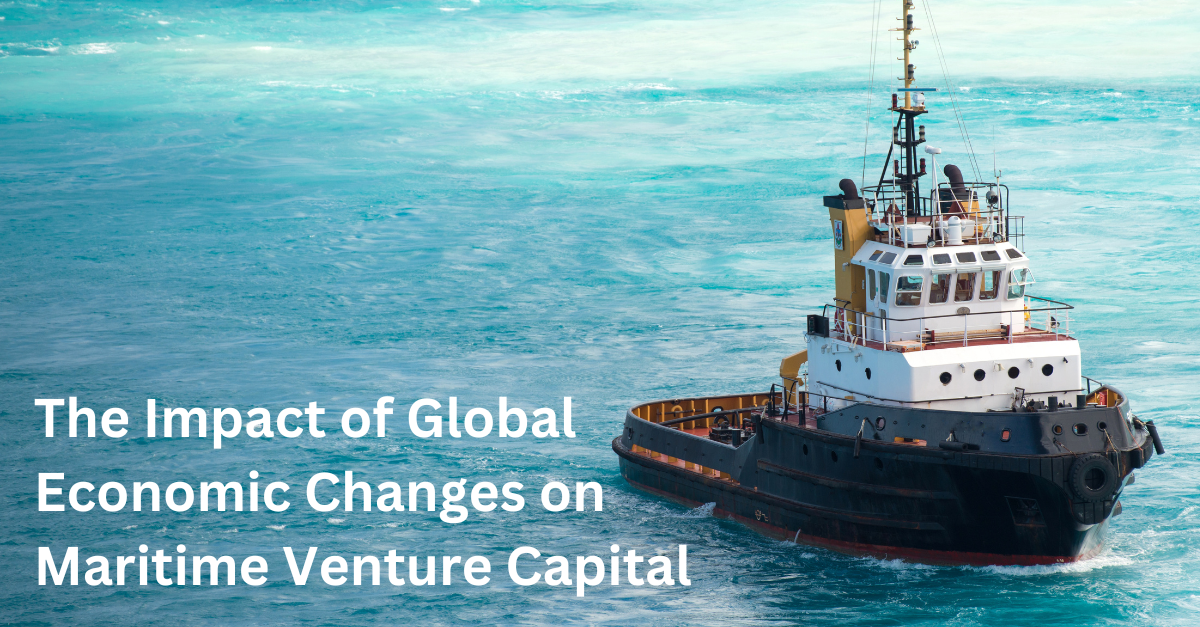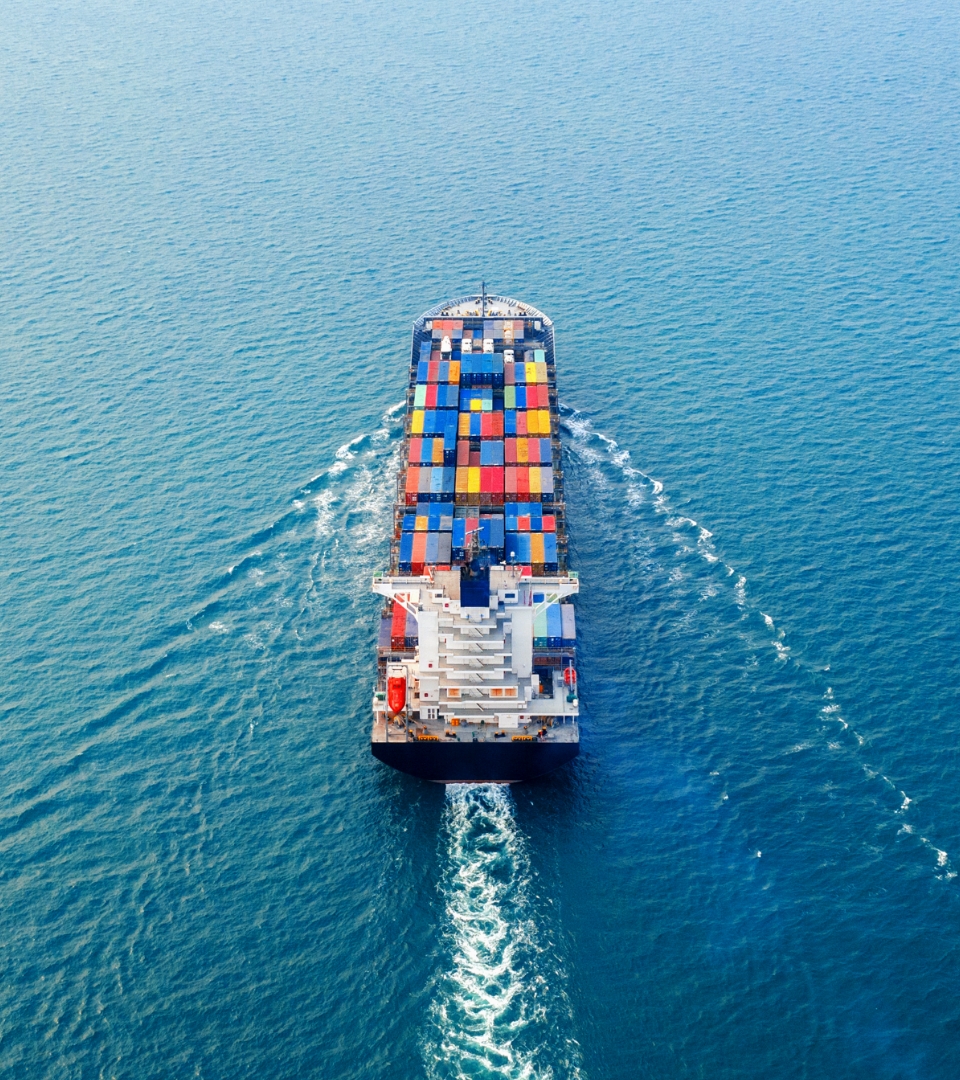The maritime industry is the backbone of global trade, but it can also be heavily impacted by weather-related concerns.
Extreme weather conditions can threaten operations, safety, and sustainability.
We explore the top 3 weather-related concerns impacting the maritime industry and examine potential solutions to mitigate these challenges.
Storms and Extreme Weather Events
Storms and extreme weather events such as hurricanes, typhoons, cyclones, and heavy monsoons, are among the most pressing concerns for the maritime industry. Taking the 2005 Hurricane Katrina as an example, the catastrophic event destroyed lives, homes, and vessels.
Potential Solutions
- Advanced Forecasting: Leveraging advanced meteorological models and satellite technology, maritime companies can access real-time weather data and forecasts. The National Oceanic and Atmospheric Administration provides insights into how advanced forecasting technology is revolutionising weather predictions for the industry.
- Improved Communication: Strengthening communication between ships and onshore authorities is vital to ensuring a timely response to impending storms. For example, Magic Port is a one-stop digital hub for maritime professionals that offers real-time vessel tracking, port data, and seafarer community through AI-powered tools.
- Vessel Safety Measures: Investment in ship design and technology, such as reinforced hulls, advanced stabilisation systems, and modern navigation equipment, is critical for enhancing a vessel’s ability to withstand extreme weather conditions. The Maritime Technology Cooperation Centre (MTCC) offers insights into the latest technologies aimed at enhancing vessel safety during extreme weather conditions.
Sea Level Rise and Coastal Erosion
Rising sea levels and increased coastal erosion due to climate change pose significant threats to port infrastructure, coastal facilities, and navigation routes. These challenges result in costly maintenance, facility damage, and disruptions in trade routes.
Potential Solutions
- Infrastructure Resilience: The maritime industry can adapt by building or retrofitting port facilities with resilience in mind.
- Sustainable Ports: Developing and promoting sustainable port practices, including reduced energy consumption and emissions, can minimise the industry’s contribution to climate change and its vulnerability to sea level rise. Taking the Maritime Singapore Green Initiative as an example, it offers 4 programmes that aim to reduce the environmental impact of shipping and related activities and to promote clean and green shipping in Singapore.
- Innovative Navigation Routes: Shipping companies can explore alternative navigation routes to avoid areas with severe sea level rise. For example, the Northern Sea Route and Northwest Passage are becoming more viable as it will be the shortest shipping path between Europe and Asia. It is about 30% to 40% shorter than routes that use the Suez Canal, which saves fuel and reduces environmental impact.
Extreme Temperature Variability
Extreme temperature variations can impact the maritime industry in various ways, from ice formation in northern shipping routes to engine stress and safety risks due to extreme heat.
Potential Solutions
- Icebreaker Escorts: In icy conditions, employing icebreaker ships to accompany vessels can help break through the ice, ensuring safe navigation and minimising delays.
- Adapted Ship Design: Investment in ships designed to withstand both cold and hot extremes is crucial for mitigating potential issues. Case studies like the Polar Code Implementation showcase how ships are adapted to operate in polar conditions.
- Real-time Temperature Monitoring: Equipping vessels with advanced weather monitoring systems allows continuous tracking of temperature conditions, enabling ships to take evasive actions when necessary.
As extreme weather events become more frequent due to climate change, the maritime industry must adapt to ensure the safety of its crew, protect cargo, and maintain sustainable operations. These solutions will be crucial in preserving the industry’s role in global trade while minimising its environmental impact and enhancing safety standards, ensuring resilience and adaptability on the high seas.

From environmental sustainability to multi-functionality, we take a look at the different aspects of modern ship design that will influence investor decisions. […]

From environmental sustainability to multi-functionality, we take a look at the different aspects of modern ship design that will influence investor decisions. […]

It is with deep sadness that Transport Capital announces the passing of our dear colleague and friend, Oliver Faak. […]

As the world grapples with economic shifts, the maritime venture capital landscape is also undergoing transformations. As understanding and adapting to these changes are imperative for capitalising on emerging opportunities, let’s delve into three key talking points that underscore the profound impact of global economic changes on maritime venture capital. Trade Dynamics and Maritime Investments […]




